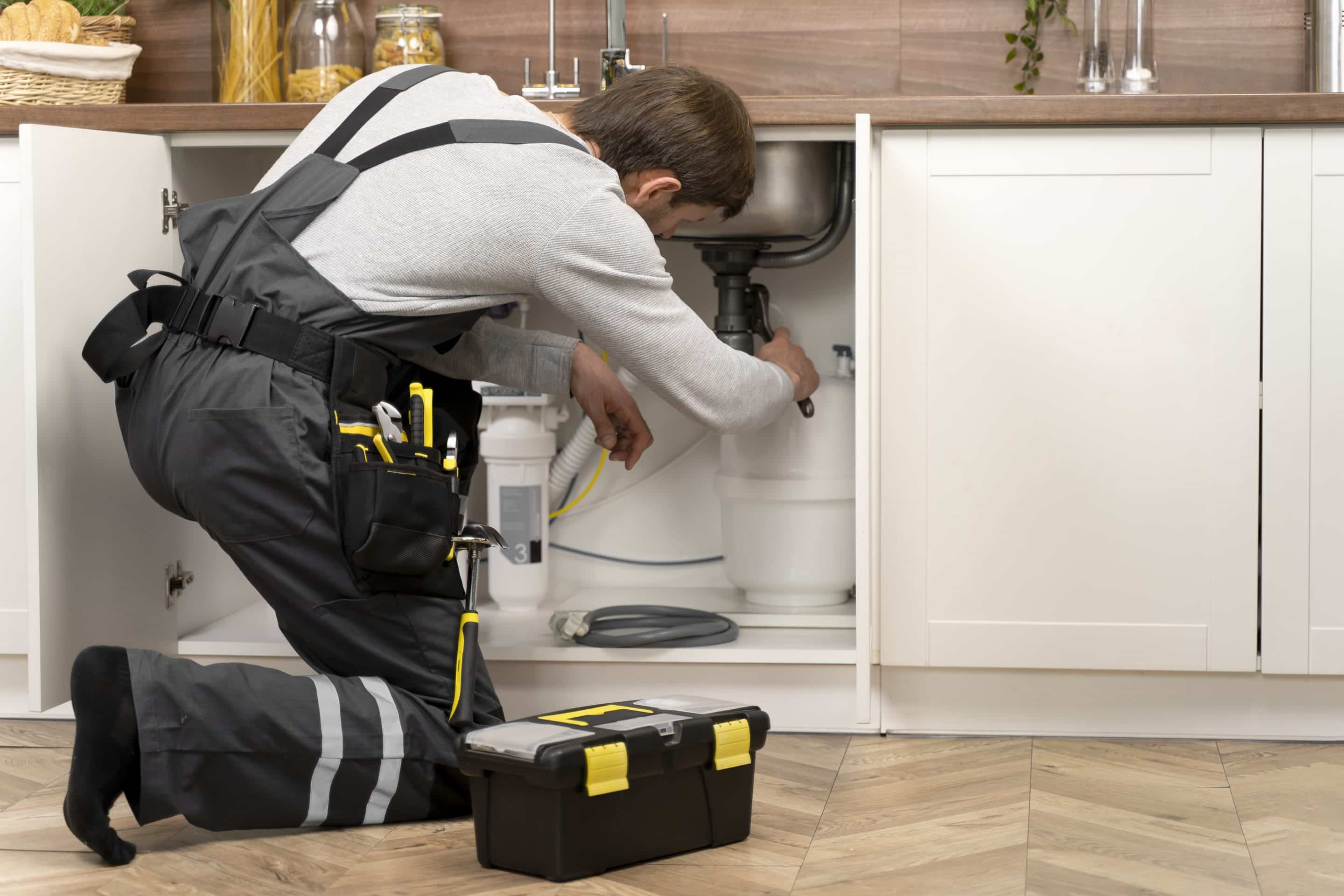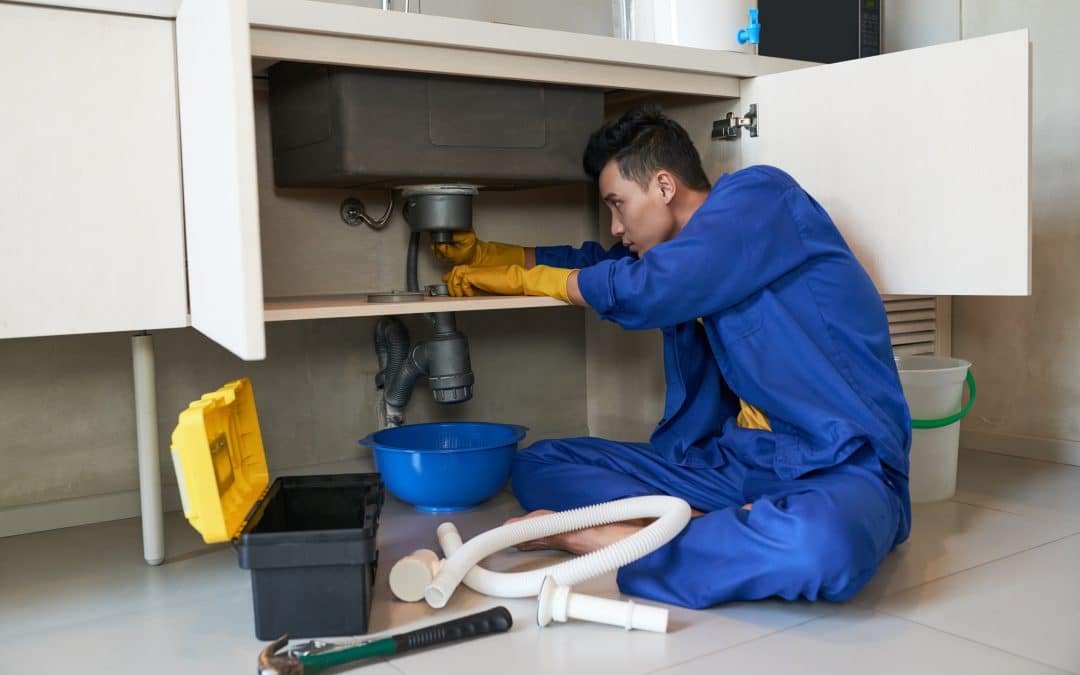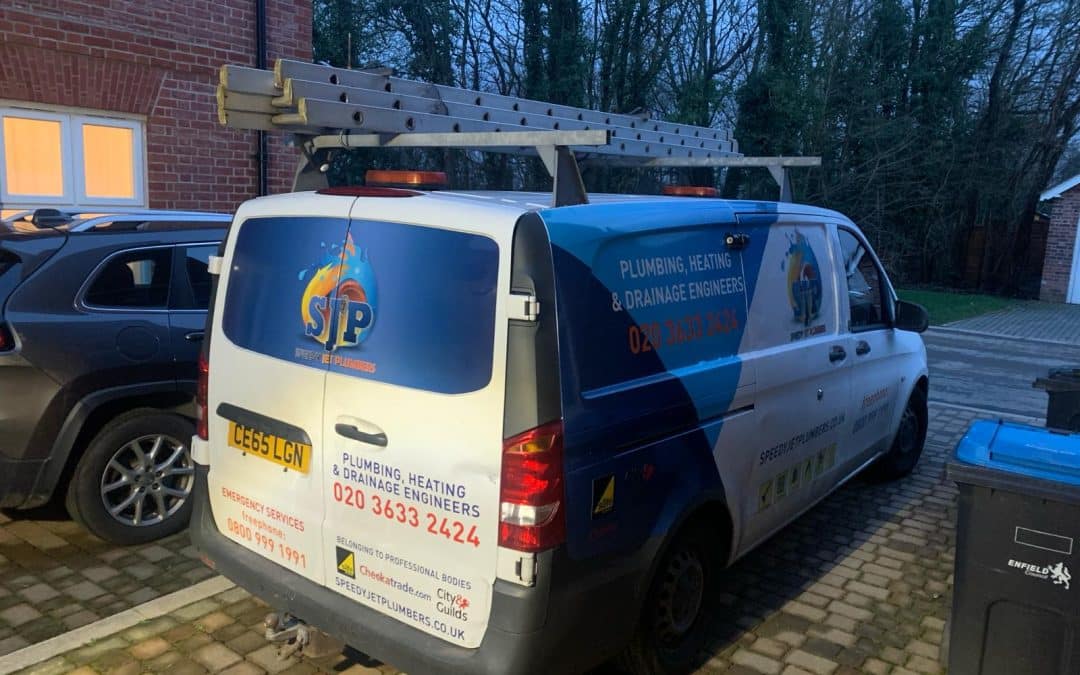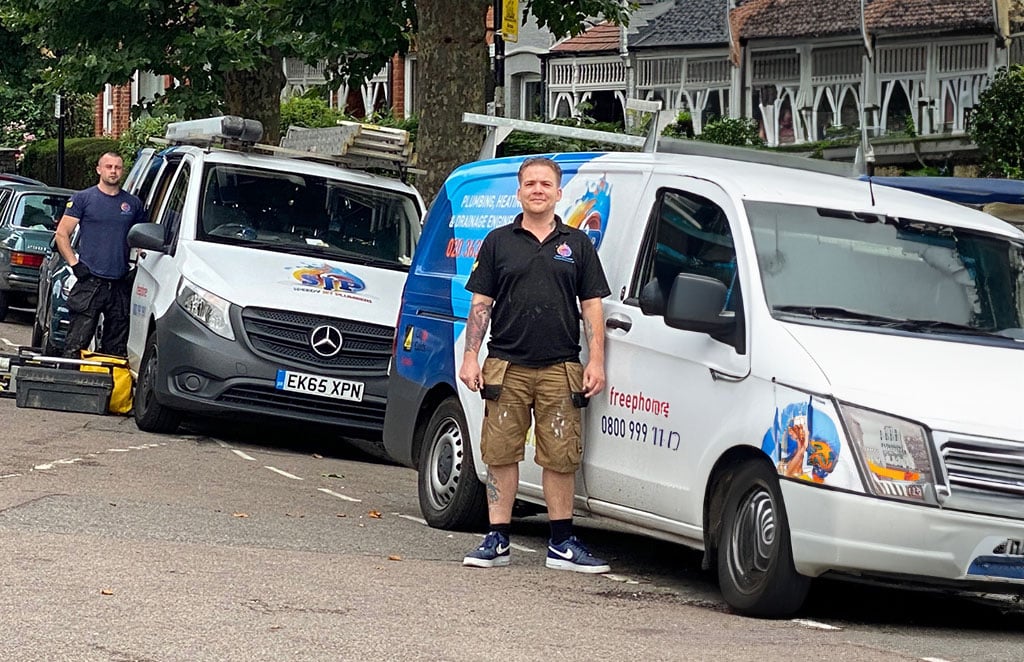Hidden water leaks can silently cause thousands of pounds in damage long before they’re discoverelived. For budget-conscious homeowners, knowing how to spot hidden leaks early is crucial to preventing expensive repairs and maintaining your property’s integrity. This guide will help you identify the early warning signs and take smart, cost-saving action.
Why Early Leak Detection Matters
Hidden Leak Dangers: From Rising Bills to Structural Damage
Hidden water leaks are especially dangerous because they often go undetected for weeks or even months. During that time, they can cause:
- Soaring water bills from continuous loss of water
- Mould and mildew growth that can lead to respiratory issues
- Structural damage to walls, floors, and ceilings
- Electrical hazards if moisture seeps into wiring or sockets
Addressing these issues early can save you hundreds, if not thousands, in long-term repair costs.
Long-Term Cost Savings for Budget-Conscious Homeowners
Being proactive doesn’t just avoid damage—it keeps your finances in check. Regularly spotting and stopping leaks early means fewer emergency call-outs, reduced water usage, and protection for your property value.
Monitor Your Water Meter Regularly
Step-by-Step Guide to Water Meter Reading
A sudden increase in your water meter reading is often the first clue of a leak. Here’s how to check:
- Turn off all taps and water-using appliances.
- Locate your water meter (usually outside the property near the boundary).
- Record the meter reading.
- Wait 1–2 hours without using water.
- Check the meter again.
If the reading has changed, you likely have a hidden leak.
Identifying Sudden or Unexplained Usage Spikes
Compare your usage to previous months. Even a small, consistent spike can be a red flag—especially if household habits haven’t changed. Keep a monthly log for better tracking.
Common Moisture Signs to Watch For
Wall & Ceiling Discoloration or Peeling Paint
Damp patches, peeling paint, or water rings on ceilings and walls are classic signs of leaks behind plaster or drywall. They often appear near radiators, boilers, or bathrooms.
Musty Odors, Damp Patches & Mold Growth
A hidden leak creates the perfect environment for mold spores, even if you can’t see them. Trust your nose—musty or earthy smells are key indicators of moisture buildup behind walls or under flooring.
Warped Flooring, Bubbling Wallpaper & Softened Plaster
Wooden floors may start to warp or feel soft underfoot, especially in kitchens or near washing machines. Bubbling wallpaper and crumbling plaster are also signs of water intrusion.
Detecting Leaks Around Fixtures & Appliances
Checking Under Sinks, Boilers & Toilets
Leaks under kitchen and bathroom sinks often stem from worn pipe joints or failing seals. Use a torch to inspect under cupboards for drips, puddles, or mold.
Boilers may leak internally, so check beneath for water pooling or rust stains. Toilets can also develop silent leaks from worn flappers—drop a dye tablet in the cistern and see if the bowl changes color.
Inspecting Exposed Pipes, Showers & Washing Machines
Don’t overlook visible pipework, especially in utility rooms. Look for corrosion, dripping joints, or white lime scale that signals slow leaks.
Check washing machine hoses and shower heads for cracks or loose fittings. Even small trickles can indicate a bigger problem inside the wall or floor.
Outdoor Leak Clues: Wet Patches & Lawn Sinking
Outside, look for puddles, sunken soil, or mossy patches near water mains or sprinkler systems. These are signs of underground leaks that need professional attention.
Using Simple Leak Detection Tools
Water Leak Detector Strips & Moisture Sensors
Place leak detection strips under sinks, behind appliances, or in your boiler cupboard. These strips change colour when exposed to water, alerting you to a leak you might not see.
Smart moisture sensors can send alerts to your phone when unusual dampness is detected—ideal for busy homeowners.
Listening Devices & Thermal Imaging Apps
Some modern leak detection kits include acoustic sensors that pick up water flow sounds behind walls. Others use thermal imaging to identify cold, wet areas through smartphone cameras—without drilling or cutting.
When to Call in Professional Leak Detection
If signs are unclear or the leak is inaccessible, Speedy Jet offers non-invasive leak detection using professional-grade tools. Our engineers can pinpoint issues behind walls, under floors, or outdoors without causing unnecessary damage.
What to Do If You Spot a Leak
Isolate the Leak: Turning Off Valves & Safety Measures
If the leak is serious, immediately shut off your water supply at the stopcock (usually under the kitchen sink or outside the home). Turn off electricity if water is near sockets or wiring.
DIY Fixes vs. Professional Plumbers
Some issues—like a dripping tap or worn washer—can be solved DIY with basic tools. But for leaks behind walls, under flooring, or near gas appliances, it’s best to call a licensed plumber.
Speedy Jet’s team offers same-day response and no call-out fees, even during emergencies.
Preventative Maintenance Tips to Avoid Future Leaks
- Check hoses and joints annually
- Use leak detectors under sinks
- Replace washers and seals proactively
- Schedule a plumbing health check every few years
How Speedy Jet Helps Homeowners Stay Ahead
Expert Leak Detection Services in London
Speedy Jet uses advanced equipment like acoustic sensors, moisture meters, and thermal cameras to find leaks quickly and non-invasively.
Transparent Quotes, No Hidden Fees
Our services come with clear pricing, no hidden charges, and no call-out fees—day or night.
Fast Response & Preventative Advice
We offer same-day visits, honest guidance, and support for insurance claims or repair work. Our engineers not only fix the problem—they help you prevent future issues too.
Conclusion: Stay Ahead of Hidden Leaks
Spotting a leak before it becomes a costly issue is one of the smartest moves a homeowner can make. From reading your water meter to noticing subtle moisture signs, you now have the tools to act early and save big.
If you’re ever in doubt, contact Speedy Jet Plumbers for expert leak detection and fast, affordable solutions—before a drip turns into a disaster.
FAQs: Spot Hidden Leaks & Save Money
How often should I check my water meter?
We recommend checking your meter once a month to catch leaks early.
Can small leaks really impact my bill?
Yes—just one dripping tap can waste over 5,000 litres per year, raising your water bill.
What if I smell damp but don’t see visible signs?
Musty odours are a major sign. Call for professional leak detection if unsure.
Are leak detection tools worth it for homeowners?
Absolutely. Most tools cost less than £30 and can prevent hundreds in repairs.
When should I contact a professional?
If you see dampness, mold, or spikes in water usage—act fast and call in the pros.




